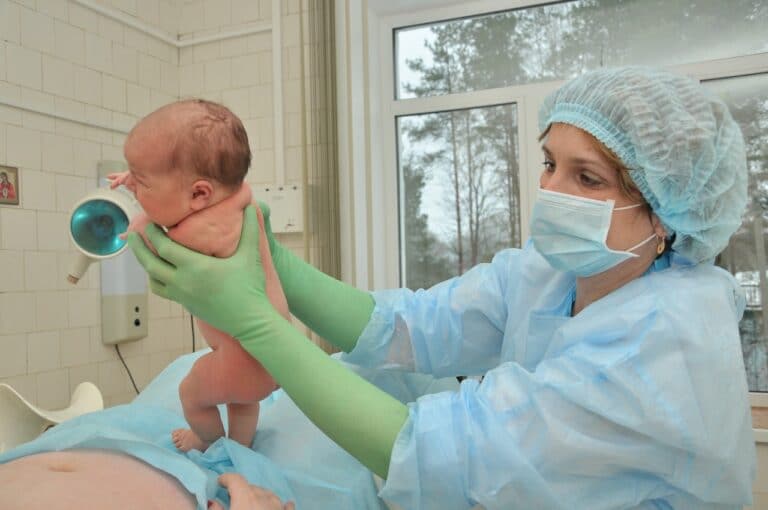If you are a first-time expecting mom, the thrill and anxiety of childbirth grow stronger, the closer you get to your estimated delivery date. You might have even scoured through several online resources to find reliable tips on how to know if you are in labor.
Childbirth is an incredibly painful experience for most moms. It usually occurs during the 37th week of pregnancy, although there are cases wherein labor occurs a week earlier or later than the expected due date.
On the other hand, false labor can also occur. False labor, also called Braxton Hicks contractions, can feel very similar to actual labor at first. It is often the women experiencing their first pregnancy who are misled by false contractions. After all, it is normal for expecting moms to be on high alert once they are weeks away from giving birth.
There are distinctive ways to determine whether a series of contractions or uterine spasms is the onset of actual labor or if it is just the cervix “preparing” for the baby’s descent.
Here are the four main factors that will help you differentiate between real labor and Braxton Hicks:
Lightening : Around a few weeks before your labor, you will notice that your womb is visibly positioned lower, and you find it easier to take deep breaths. You also become less prone to experiencing heartburn, albeit you might feel the pressure gradually shifting to your bladder.
Braxton Hicks are often caused by dehydration and excessive movement of the baby in the womb. It is also said to be the result of the body directing higher blood flow to the placenta as it prepares for the actual process of childbirth.
Contractions: Real labor involves regular contractions that occur at consistent intervals. As such, these intervals are less than 10 minutes. You will also notice a progression in your contractions as time passes—meaning, it becomes more frequent and regular. In terms of duration, contractions during actual labor last from 30 seconds to 60 seconds as your cervix continue to dilate.
Braxton Hicks are characterized by irregular contractions that take place in erratic periods. Use a timer to monitor your contractions. If the duration at which your contractions occur does not follow a regular pattern or a fixed time interval, then it is more likely false labor. Also, if your uterine spasms suddenly stop, it is an indication of Braxton Hicks.
Pain: In real labor, contractions are often accompanied or followed by immense pain. During the early stages of childbirth, the pain is similar to menstrual cramps. But, as the cervix continues to dilate, the pain intensifies. At the latter stage of giving birth, the pain and discomfort become stronger and more unbearable. The discomfort and pressure are experienced along the back, abdomen, and pelvic area.
Braxton Hicks typically cause little to no discomfort. There is no progression of pain, and the contraction subsides once you switch to a more comfortable position.
Amniotic Fluid: Aside from contractions and pain, other signs of labor also take place during actual childbirth. These signs include spotting or vaginal discharge, accompanied by blood. In other instances, fluid leaks from the vagina about a day before the actual labor commences. The discharge is an indication that the lump of mucus keeping the womb safe from infection has been removed. Fluid leaking is usually a sign that the amniotic fluid that “houses” your baby inside your womb has burst.
Braxton Hicks is otherwise referred to as “practice contractions.” In other words, it does not involve any symptoms or signs that occur when a pregnant woman is about to give birth. If you do not experience any discharge of fluid leakage from your vagina during your contractions, then it is not yet time for you to call your midwife or obstetrician.
A quick reminder: Every pregnancy is unique. You may be familiar with a broader range of factors that elaborate on how to know if you are in labor, but in the end, you can never tell how childbirth will turn out for you. You may experience some or all the symptoms of real labor mentioned above. You might not even experience Braxton Hicks. Nevertheless, it is important to note all the possible signs and write down any other physiological symptom that may seem ordinary for you.
More importantly, you can always consult your obstetrician or midwife to learn more about how you can be better prepared to bring your precious angel into this world.











